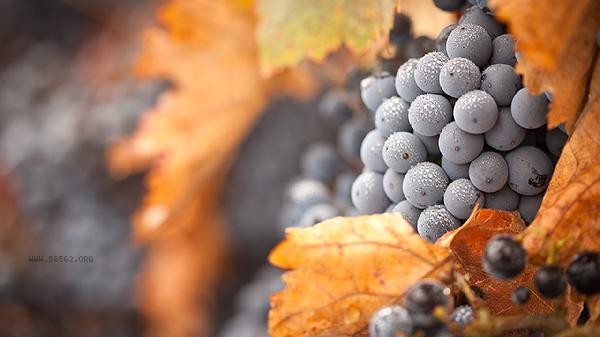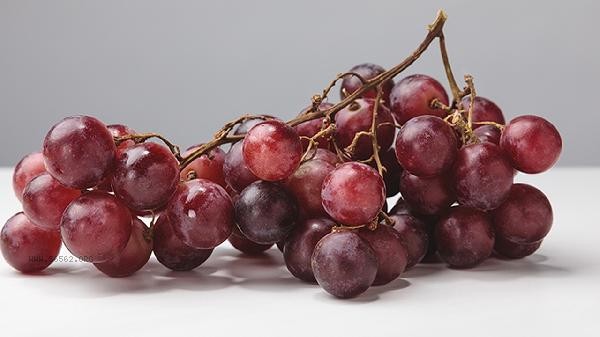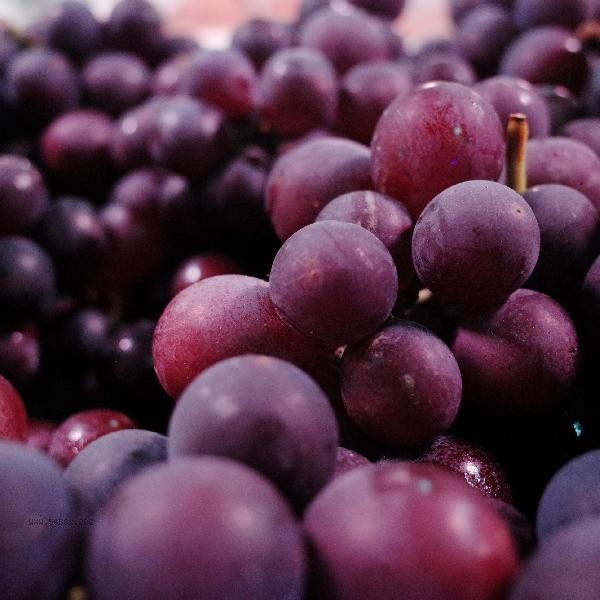Fresh Kyoho grapes are usually not available in December, and their natural ripening period is concentrated from July to September. In winter, they are mostly stored in cold storage or cultivated out of season.

Kyoho grapes belong to mid to late maturing grape varieties, and under natural planting conditions, the fruit ripening period is significantly affected by climate. In major production areas in China such as Shandong and Hebei, the harvesting period for open-pit grown Kyoho grapes is mostly in late summer and early autumn, and can last until early October at the latest. After the temperature drops in December, grape vines enter a dormant period, and fresh fruits have ended their natural growth cycle. Partial facility agriculture can achieve delayed harvesting through greenhouse technology, but the yield is limited and the cost is high, making it difficult to purchase in the market. Many of the Kyoho grapes sold by a few supermarkets in winter are stored in air-conditioned cold storage. This type of grape undergoes low-temperature preservation treatment, and the skin may remain in good condition, but there may be some loss of moisture and sugar in the flesh, resulting in a taste that is not as fresh as it should be in season. Off season grapes imported from southern hemisphere countries such as Chile and Peru may also be available in December, but the varieties are mostly durable, such as Creusen and Red Globe, which differ in flavor characteristics from Kyoho grapes.

It is recommended that consumers choose seasonal fruits to supplement their nutrition, and consume more storage resistant fruits such as citrus and apples in winter. If you need to purchase grape products, pay attention to checking the origin information and packaging date. The refrigeration storage time should not exceed one week. Special groups such as diabetes patients need to control the single intake to avoid blood sugar fluctuations.









Comments (0)
Leave a Comment
No comments yet
Be the first to share your thoughts!